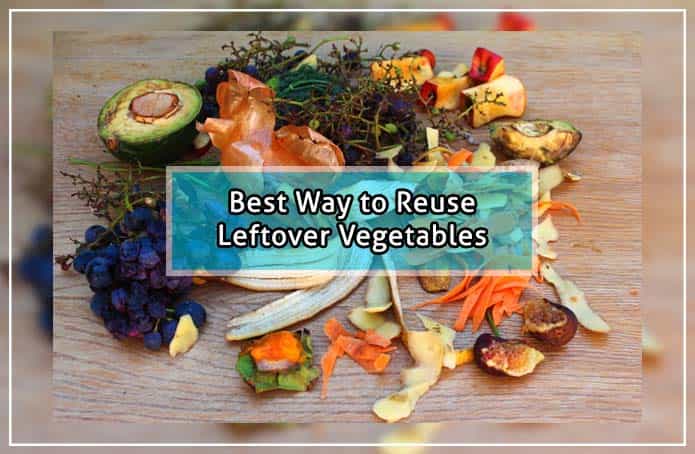Very often we find in our houses that the food prepared in the kitchen is usually left after its consumption. Many times we find that small leftovers get accumulated in the refrigerators too. This is the story of the kitchen of every house. In a survey, it was found that nearly half (44%) of Americans have found an item in their fridge in the past month that they didn’t realize was there.
For all kinds of reasons whether it is environmental, social and financial, it makes sense for one to utilize food fully, the food that we purchase.
One can very smartly use leftover vegetable; some of the ways are described below:
➭ Reuse of Leftover Vegetable 1 Banana Peel Polish

Use banana peels to polish the leaves of plants at home or rub them on the leather shoes to make them as good as new. One could also skip the harsh chemicals and polish the expensive silverware with banana peels to make them sparkle. Also one can use them as teeth whiteners.
➭ Reuse of Leftover Vegetable 2 Citrus Scrub
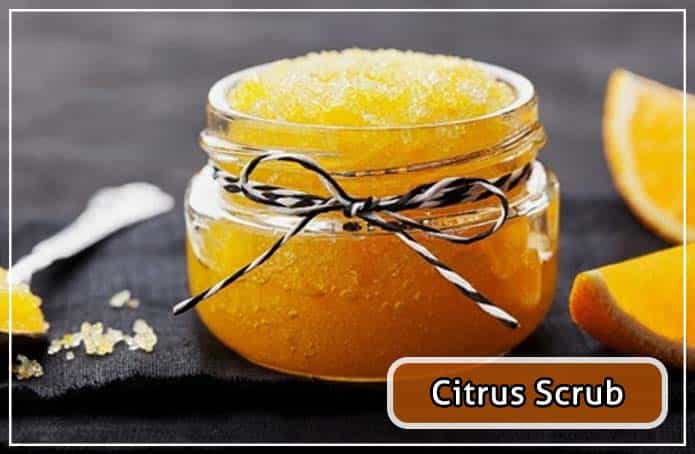
The health benefits of an orange lie in its peel. Since ancient times, people have been using grated orange peels for their skincare regimen. One can chew on an orange peel or two to alleviate bad breath and one can also throw few peels into the garbage disposer to de-stink it. One can also use lemon peels to fill the liquor, to form a lemon brandy.
➭ Reuse of Leftover Vegetable 3 Reuse of Broccoli Stems
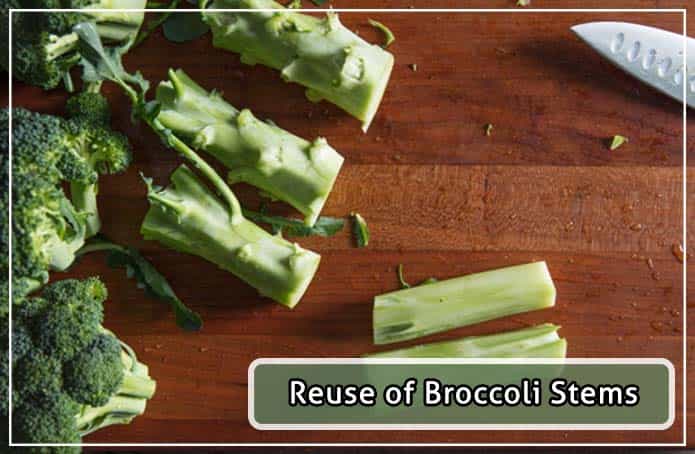
Broccoli, undoubtedly, is one of the most antioxidant-rich vegetables that one could consume. But besides the numerous ways to relish broccoli florets, there are equally innumerable ways in which the stem could be utilized. Broccoli stalks have tons of nutritional value and one could make a nutrient-rich raw snack or soup out of it, along with other dishes.
➭ Reuse of Leftover Vegetable 4 Onion and Garlic Skin Stock
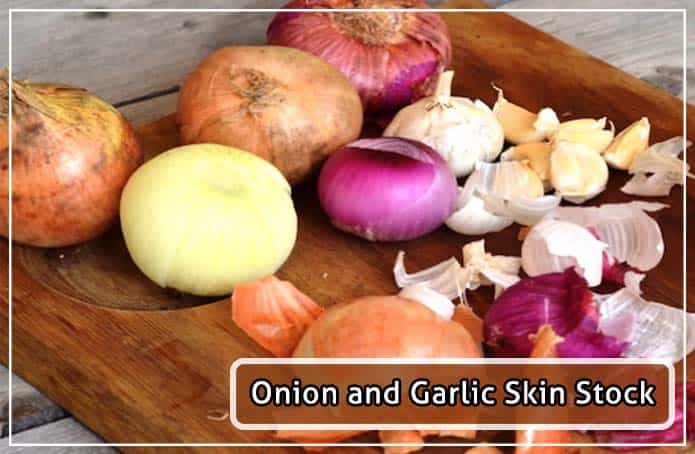
These two ingredients are the home favorites of Indian, which in turn generates heaps of onion and garlic skins in the kitchen waste. Instead of throwing away the skin, use it to make delicious homemade soup stock, since the skin holds more nutritional value.
➭ Reuse of Leftover Vegetable 5 Breadcrumbs
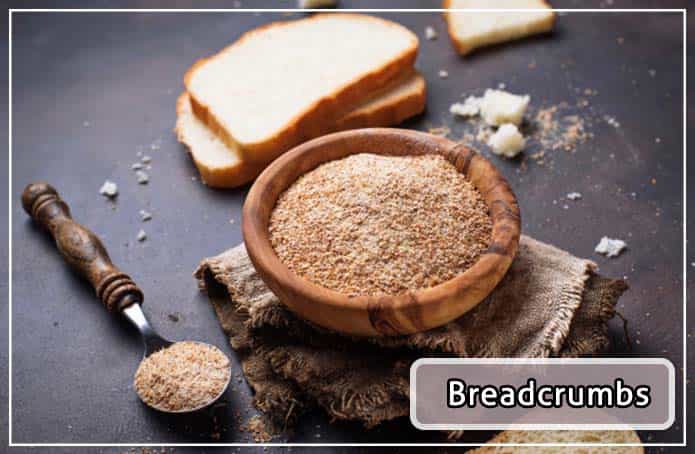
In place of buying breadcrumbs from the nearby departmental store, there is another alternative that one can prepare at home. If children hate bread with the sides, just chop them off and refrigerate it in a container. Grind it to make breadcrumbs when needed. This is a sure-shot way to make crispy fried stuff like pakoras, tikkis, etc.
➭ Reuse of Leftover Vegetable 6 Pineapple Tops to Grow a New One
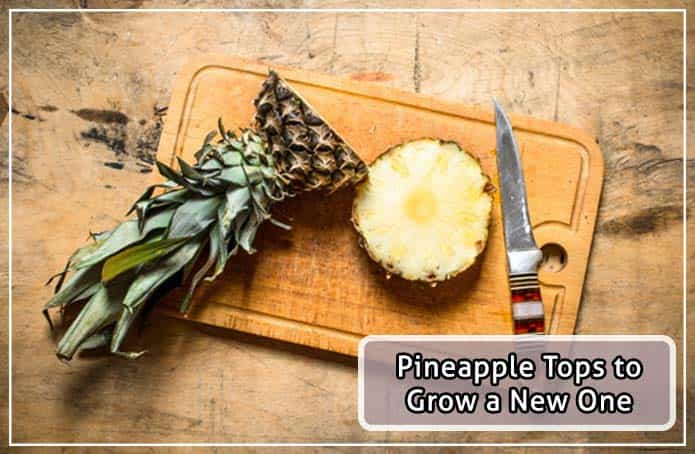
This delicious fruit is available round the year but its peak availability is during the summer season. We love the juicy and tangy taste of this mouth-watering fruit. But one can grow very easily in their kitchen garden. Just save the top of the pineapple and plant it in the garden to grow our own pineapples.
➭ Reuse of Leftover Vegetable 7 Potato Peels
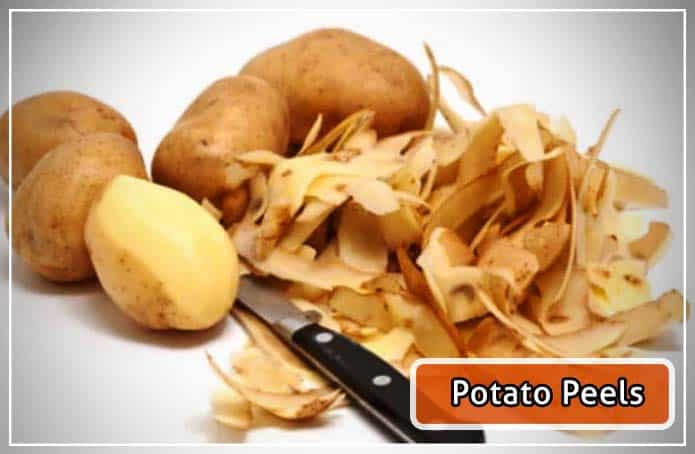
Potatoes are very frequently used in the kitchen. Save potato peels the next time when making the favorite potato dish. These peels can be placed directly on sore eyes, burns, boils, and infections. Potato peels inhibit bacteria from infecting the wound further. One can also rub potato peels on sunburns for relief.
➭ Reuse of Leftover Vegetable 8 Watermelon Peels
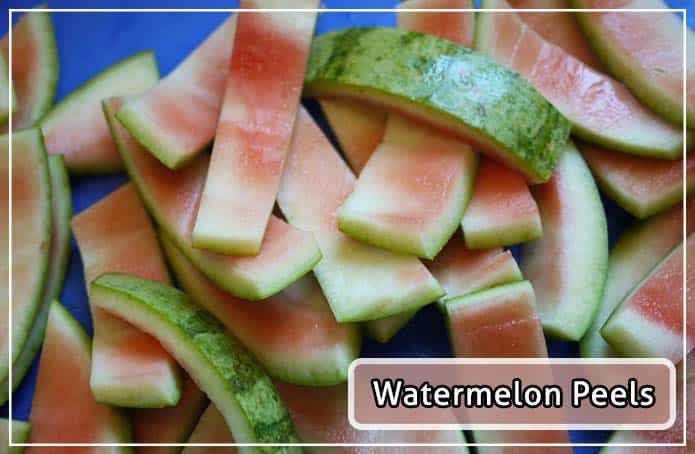
After relishing the delicious fruit, the pieces of fresh watermelon, do not throw away. The peels that one thinks are a part of the kitchen waste, could actually act as an excellent anti-acne home remedy. Store them in the fridge and rub them directly on your skin for instant freshness.
➭ Reuse of Leftover Vegetable 9 Crushed Eggs and Nuts Shells
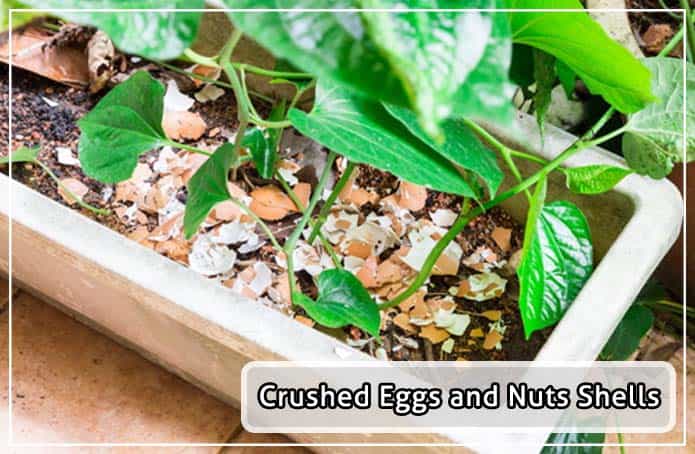
Egg and nut shells like pistachios and peanuts can be used as a natural fertilizer since they are rich in calcium and aerate the soil. They are also a great addition to our compost especially if we are using vermicompost since they help the worms in reproduction.
➭ Reuse of Leftover Vegetable 10 Use the Whole Veggie in Cooking
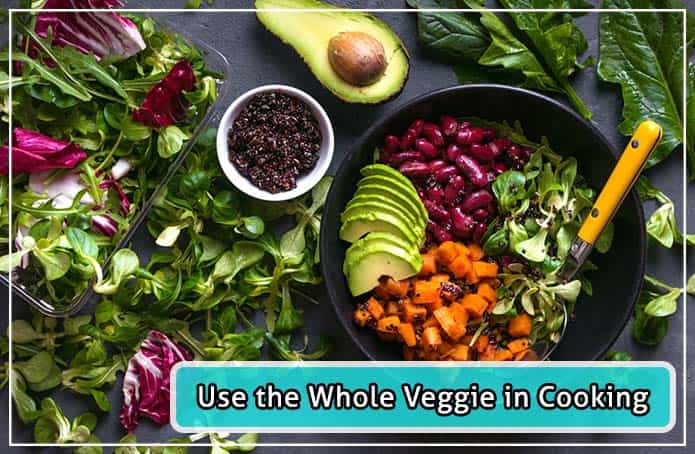
Very rarely we use every part of our vegetables. If we consider carrots, the green tops of carrots, radishes, fennel, turnips, beets, celery, or kohlrabi. We often tend to throw them away when we are cooking. It would surprise one that the greens, which are at the top of many of the veggies that we eat on a daily basis contain many of the same vitamins and minerals as the parts we more commonly consume, sometimes in even higher concentrations, or with additional nutrients. Strictly speaking, this is quite a waste.
This is how smart cooks and mothers do to feed their children and rest at home to provide the best of nutrients to keep their family healthy.
“Smart Cooking Leads to Healthy Family”
❖ Read More:
➥ Difference Between Organic And Non-Organic Food
➥ Balanced Diet Is Essential For Healthy Development
➥ Good Foods for eyes and brain – you should add in your diet
➥ Healthy Foods Appreciated By Heart

